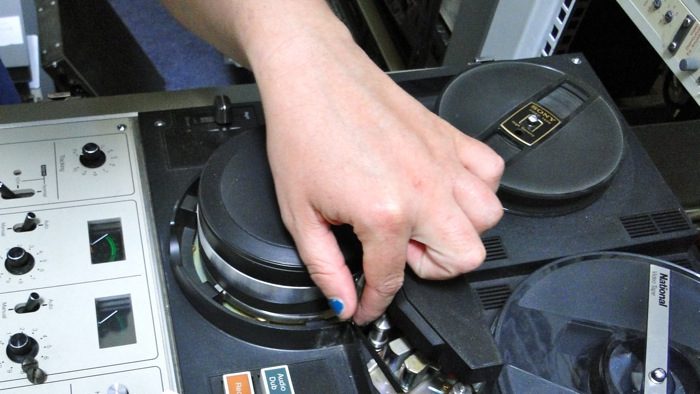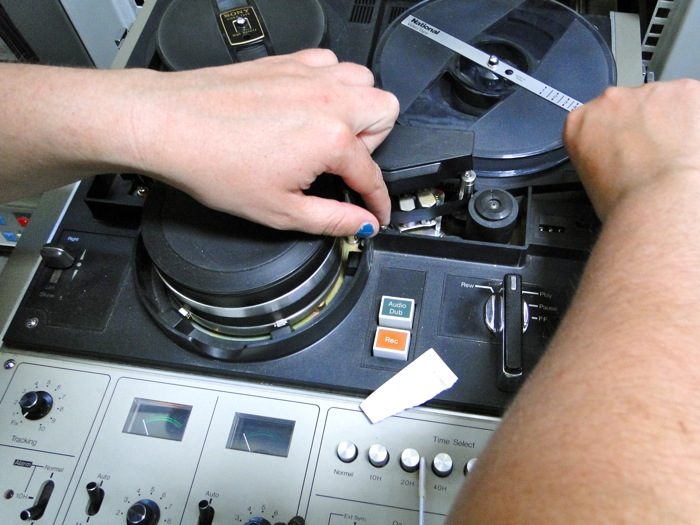In theory the work we do at Greatbear is very simple: we migrate information from analogue or digital magnetic tape to electronic digital files.
Once transferred, digital files can be easily edited, tagged, accessed, shared or added to a database. Due to the ubiquitous nature of digital media today, if you want to use your data, it needs to be in a digital form.
In practice however, there are a lot more issues that arise when migrating tape based media. These can stem from the obsolescence of machines (spare parts being a particular issue), physical problems with the tape and significantly, the actual person-time involved in doing the transfer.
While large institutions like the Library of Congress in USA can invest in technology that enables mass digitisation like those developed by Samma Systems, most transfers require operators to do the work. The simple truth is that for fragile and obsolete tape media, there is no other option. In the film ‘Living Archive – Preservation Challenge‘ David Crostwait from American digitisation company DC Video describes the importance of careful, real time transfers:
‘When a tape is played back, that tape starts from the very beginning and may run for 60-65 minutes straight. One person sits in front of that machine and watches that tape from beginning to end, s/he does nothing else but watch that tape. We feel this procedure is the only way to guarantee the highest quality possible.’
At Greatbear we echo this sentiment. We give each transfer individual attention so that the information is migrated accurately and effectively. Sometimes this means doing things slowly to ensure that tape is spooled correctly and the tension within the tape pack is even. If transfers are rushed there is always the danger that tape could get crumpled or damaged, which is why we take our time.



